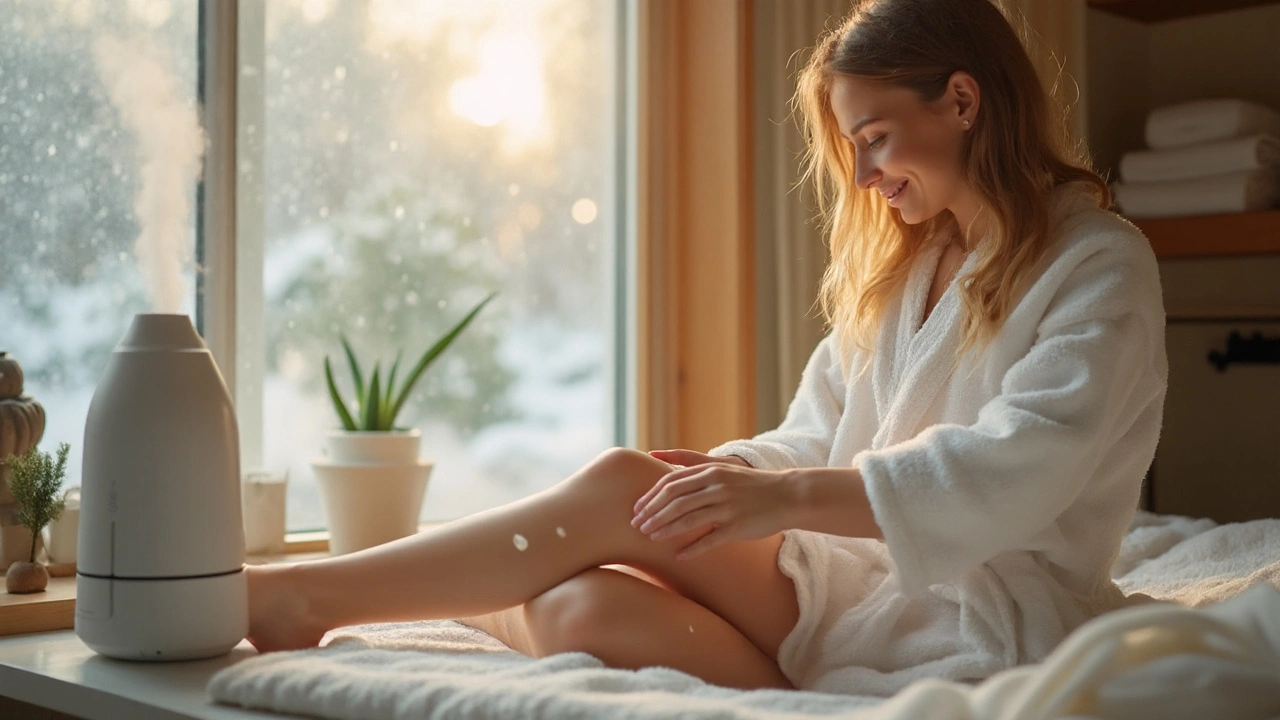Psoriasis Skin Care Tips You Can Use Today
If you’ve been dealing with psoriasis, you know how frustrating the itching, scaling, and redness can be. The good news is that a few everyday skin‑care habits can calm flare‑ups and keep your skin feeling smoother. Below are the most useful, no‑nonsense steps you can add to your routine right now.
Gentle Cleansing Is the Foundation
Start with a cleanser that is fragrance‑free and sulfate‑free. Harsh soaps strip natural oils, which makes the skin barrier weaker and the patches more prone to cracking. Look for products labeled “for sensitive skin” or “psoriasis‑friendly.” Use lukewarm water—hot water can trigger extra irritation—and keep showers under ten minutes. After washing, pat the skin dry with a soft towel instead of rubbing.
Moisturize While the Skin Is Damp
The moment you finish patting dry, apply a thick moisturizer. This traps moisture and restores the barrier that psoriasis attacks. Ointments and creams with ingredients like petrolatum, ceramides, or colloidal oatmeal work best. If you have a particularly dry area, give it a quick second coat after an hour to lock in extra hydration. Consistency is key: moisturize at least twice a day, even on days when you feel fine.
For nighttime, a heavier ointment such as petroleum jelly works wonders. Many people find that covering the area with a loose cotton bandage helps the ointment stay in place and reduces scratching.
Spot‑Treat with Topical Meds Safely
When a plaque flares, a short‑term topical steroid or a vitamin D analogue can shrink it quickly. Use these only as directed by your doctor and apply a thin layer exactly where the plaque is active. Avoid spreading to healthy skin, and never combine multiple strong topicals without professional guidance.
If you prefer a natural route, look for products with salicylic acid (helps lift scales) or tea‑tree oil (has mild anti‑inflammatory properties). Test a small patch first; some people react to essential oils.
Protect Your Skin From Triggers
Stress, cold weather, and tight clothing often spark a flare. Wearing breathable fabrics like cotton and avoiding wool directly on plaques can cut down irritation. When the weather turns chilly, keep your skin covered but not too tight—think soft scarves and loose gloves.
Don’t forget sun protection. A moderate amount of UVB exposure can improve psoriasis, but too much burns the skin and makes it worse. Use a broad‑spectrum sunscreen with at least SPF 30, and reapply every two hours when you’re outdoors.
Diet and Lifestyle Tips That Actually Help
While food isn’t a cure, some people notice fewer flare‑ups when they cut back on processed sugar and dairy. Adding omega‑3 rich foods like salmon, walnuts, or flaxseed can reduce inflammation. Stay hydrated—aim for eight glasses of water a day—to keep skin cells happy.
Exercise also lowers stress hormones that trigger psoriasis. Even a short daily walk clears your mind and improves blood flow to the skin.
When to Reach Out to a Professional
If you see new plaques, intense pain, or the current treatment isn’t keeping up, it’s time to see a dermatologist. They can prescribe newer biologic options or phototherapy that target the immune response behind psoriasis.
Remember, managing psoriasis is a marathon, not a sprint. By keeping the basics—gentle cleansing, diligent moisturizing, trigger avoidance, and smart spot‑treatments—in your daily routine, you give your skin the best chance to stay calm and clear.
- Colin Hurd
- Sep, 22 2025
- 15 Comments
Winter Care Guide for Managing Plaque Psoriasis
Learn practical ways to keep plaque psoriasis under control during winter with skin‑friendly routines, treatments, and lifestyle tweaks.

